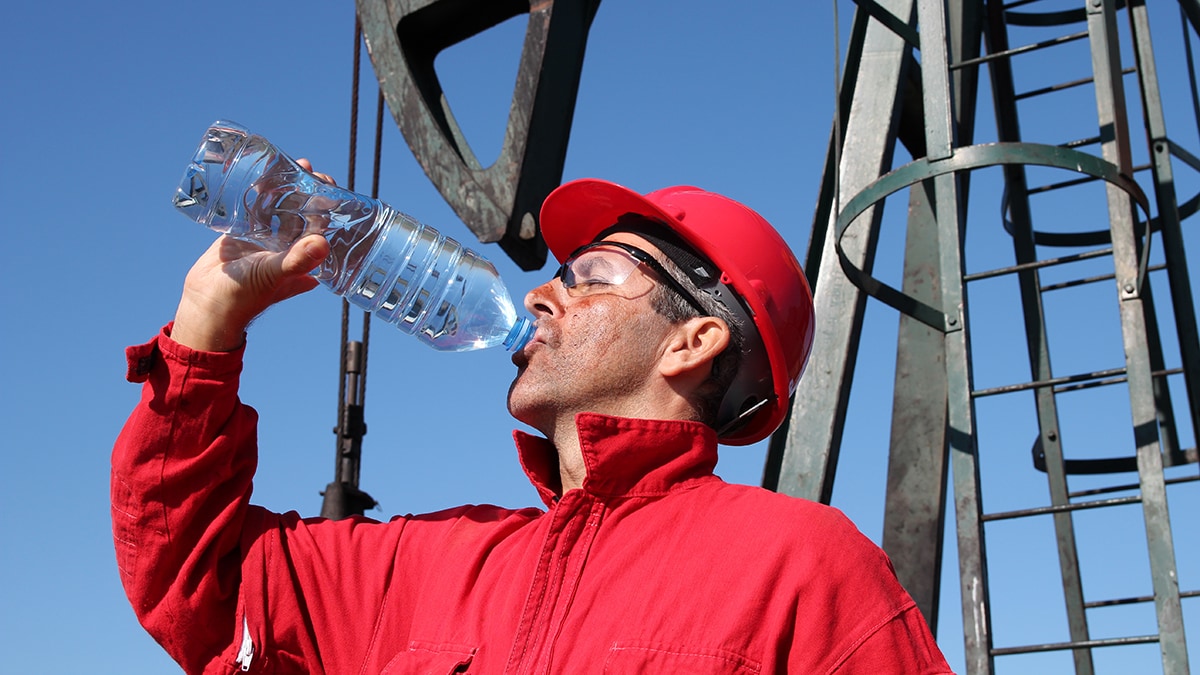Key points
- Outdoor and indoor workers exposed to extreme heat or work in hot environments may experience occupational heat stress and be at risk for a heat-related illness.
- Occupational heat stress is the combination of metabolic heat, environmental heat, and clothing and personal protective equipment (PPE), which results in increased heat storage within the body.
- Heat stress can lead to heat-related illnesses and physical injuries.

Overview
Workers who are exposed to extreme heat or work in hot environments may experience occupational heat stress. Occupational heat stress is the combination of metabolic heat, environmental heat, and clothing and personal protective equipment (PPE), which results in increased heat storage within the body. Exposure to extreme heat can result in occupational illnesses and injuries.
Heat stress can result in heat-related illnesses, such as heat stroke, heat exhaustion, rhabdomyolysis, heat cramps, and heat rashes.
Heat can also cause physical injuries such as:
- incidents from sweaty palms or slipping on a sweat puddle on the floor
- visual impairment from fogged up safety glasses may be a concern
- touching hot equipment could result in burns
- dizziness and fatigue may cause neglect resulting in injuries
- PPE loosened or removed due to heat may lead to additional exposures
Who is at increased risk
Workers at risk of experiencing heat stress include outdoor and indoor workers in hot environments.
Risk factors for heat-related illnesses include:
- high temperature and humidity
- direct sun exposure
- indoor radiant heat sources
- limited air movement
- lack of acclimatization
- dehydration (not drinking enough fluids)
- physical exertion
- personal protective equipment (PPE) and clothing
- physical condition and health problems
- certain medications
- advanced age
- pregnancy
- previous heat-related illness
Prevention
Prevention of heat stress in workers is important. Employers should reduce workplace heat stress by using engineering and administrative (work practice) controls. Employers should provide training to workers so they understand what heat stress is, how it affects their health and safety, and how it can be prevented.
